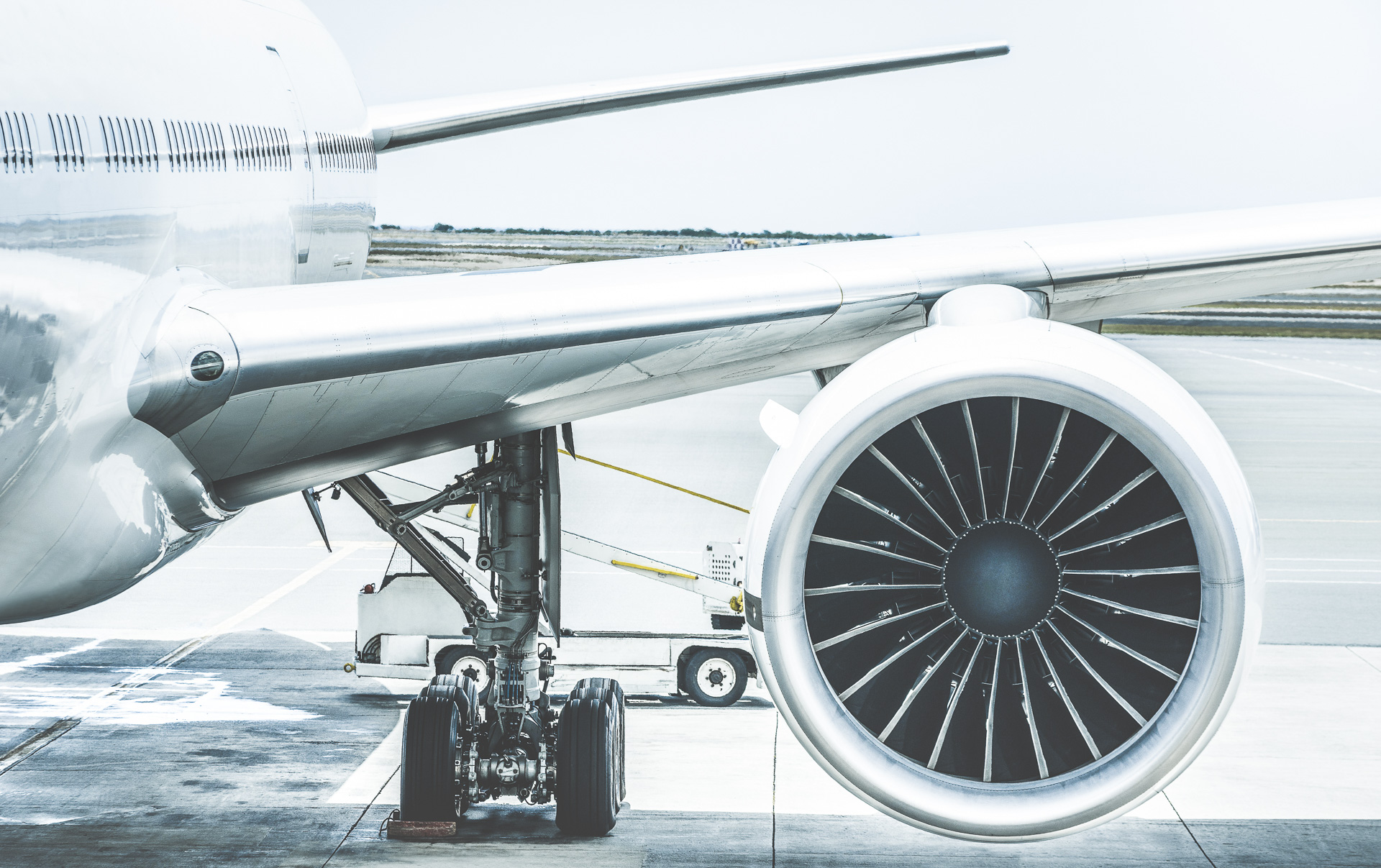SOLUTIONS
Aerospace
Robotic additive manufacturing simplifies the fabrication of aeroengine parts, large scale complex aerostructures, and rocket components in spacecrafts, reducing the buy-to-fly ratio and enhancing design freedom.

BENEFITS
Reduced Buy-to-Fly Ratio
Fabrication of aeroengine components with complex features, reducing the need for oversized forgings and, in turn, lowering the buy-to-fly ratio.
Cost Efficiency
Effective in fabricating engine nozzles for rockets, resulting in fewer parts, reduced production costs, and shorter lead times, offering significant cost savings.
Simplified Manufacturing
The technology allows for the combination of additive manufacturing with other manufacturing processes, for example forging.
Robotic Additive Manufacturing is driving a significant transformation in the aerospace industry, offering benefits that extend beyond just functionality. The adoption of additive manufactured parts not only enhances aircraft functionality but also contributes to environmental sustainability within aerospace. By reducing the weight of aircraft, fuel consumption and CO2 emissions are lowered. Additionally, in the space sector, weight reduction in satellites and launch vehicles leads to reduced launch costs, fostering accessibility and new opportunities in the space economy.
A crucial aspect in aerospace is not only weight reduction but also mechanical characteristics, material performance, and component reliability. Metal additive manufacturing plays a pivotal role by enabling the production of parts with exceptional mechanical properties, dimensional accuracy, and the exploration of new and more efficient materials.
Within the aerospace industry, especially in aeroengines and aerostructures, the use of wire-DED technology is gaining prominence. Wire-DED is suited for fabricating parts like fan cases, compressor cases, and pressure turbine cases, often made from Titanium alloys or Nickel-based superalloys. This technology reduces the complexity of the manufacturing process and machining requirements while maintaining material integrity, opening the door to innovative engine designs.
Spacecraft design requires components that can endure extreme conditions and ensure 100% reliability. Wire-DED technology, known for its flexibility and suitability for low-volume production of large, high-value components, has already demonstrated its effectiveness in fabricating engine nozzles.

